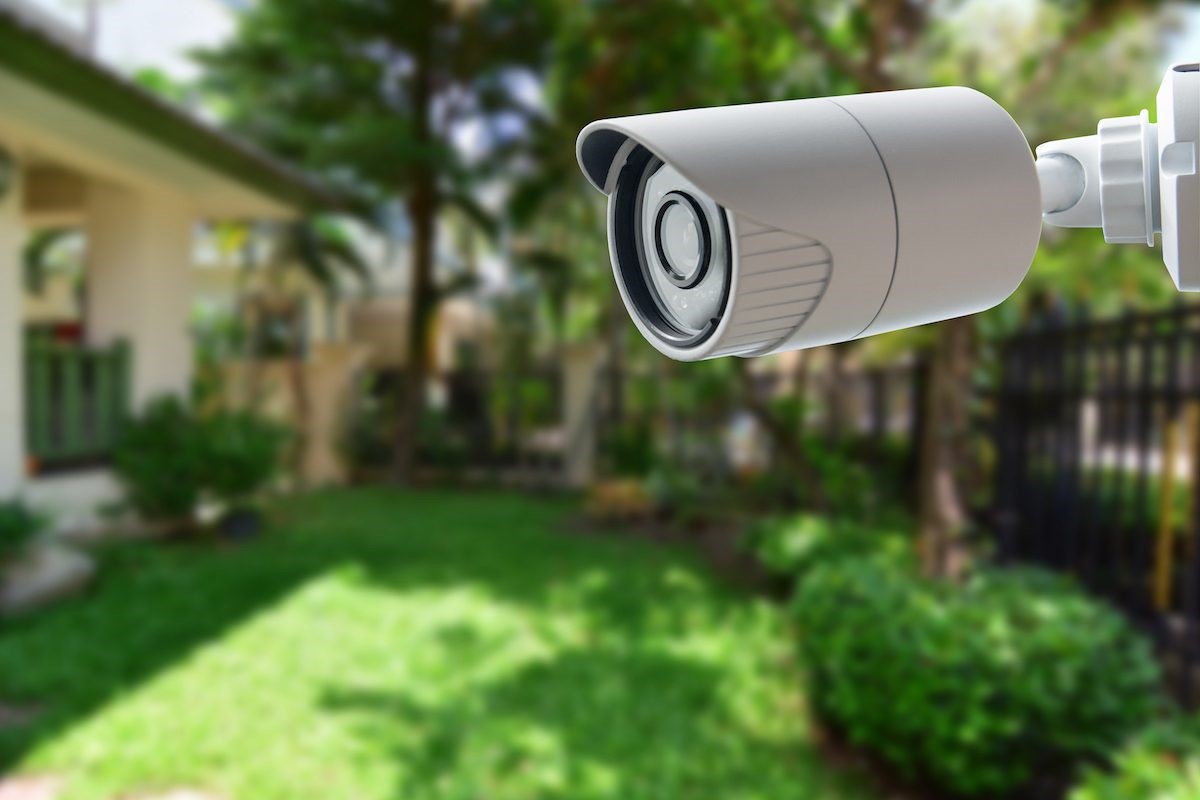In a world filled with technological advancements, it’s surprising that remote neural monitoring remains largely unknown to the general public. This discreet and powerful technology has been used for various purposes, including surveillance and security. However, its existence remains shrouded in secrecy.
In this article, we will delve into the mysteries surrounding remote neural monitoring and explore the connection between this technology and the use of dome security cameras.
The Enigma of Remote Neural Monitoring
Remote neural monitoring, often abbreviated as RNM, is a surveillance technique that allows individuals or organizations to monitor a person’s neural activities, thoughts, and even emotions remotely. While this might sound like something straight out of science fiction, it is a real technology that has been developed and used by certain entities, primarily for intelligence and security purposes.
The concept of remote neural monitoring involves the use of advanced electronic equipment to intercept and decipher the electromagnetic signals emitted by the human brain. These signals, when decoded, can reveal a wealth of information about an individual’s cognitive processes, mental state, and even potential intentions.
The Secrecy Surrounding RNM
One of the primary reasons why remote neural monitoring remains obscure is the secrecy that surrounds its development and usage. Governments, intelligence agencies, and private organizations have been known to employ this technology, but they are not keen on disclosing their activities.
The secrecy is maintained for various reasons, including national security concerns and potential ethical dilemmas. The ability to remotely access and monitor an individual’s thoughts and emotions raises significant privacy and human rights issues. As a result, those who are aware of the existence of RNM often discuss it in hushed tones, fearing the implications of its widespread use.
The Role of Dome Security Cameras
Now, let’s introduce the connection between remote neural monitoring and dome security cameras. Dome security camera are a common feature in surveillance systems used for monitoring public spaces, homes, and commercial establishments. These cameras are characterized by their dome-shaped housings and are designed to blend seamlessly into their surroundings.
While RNM is primarily focused on monitoring the human mind, dome security cameras are used to monitor physical spaces. However, in some instances, these two technologies can be linked to enhance overall surveillance capabilities.
Integration of Technologies
In certain security setups, dome security cameras can be integrated with RNM technology to create a comprehensive monitoring system. This integration allows for the simultaneous surveillance of physical spaces and the people within them. For example, in high-security facilities or critical infrastructure locations, such as power plants, the combined use of dome security cameras and RNM can provide a more robust security solution.
Protecting Privacy and Ethical Considerations
While the integration of dome security cameras and RNM can enhance security measures, it also raises serious ethical concerns. Privacy advocates argue that the ability to monitor individuals both physically and mentally infringes upon fundamental human rights.
It is crucial to strike a balance between security needs and individual privacy. Regulations and oversight are necessary to ensure that these technologies are used responsibly and ethically. Additionally, public awareness and discourse regarding the implications of such surveillance are essential for fostering a responsible and transparent approach to security measures.
Conclusion
The enigmatic world of remote neural monitoring remains largely hidden from the public eye, with secrecy surrounding its development and usage. The integration of dome security cameras and RNM technologies offers enhanced surveillance capabilities but also highlights the importance of ethical considerations and privacy protection.
As we move forward in an era of increasing technological advancements, it is essential to engage in open discussions about the ethical implications of surveillance technologies like remote neural monitoring. Only through responsible use and public awareness can we ensure that these technologies serve the greater good while respecting individual rights and freedoms.
